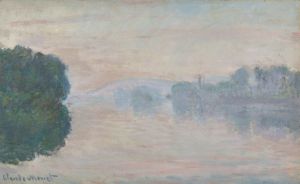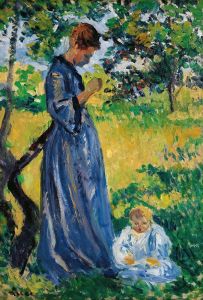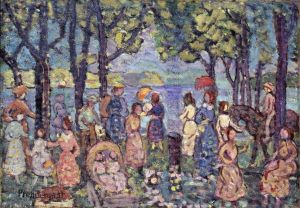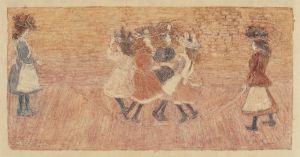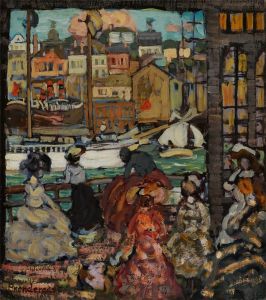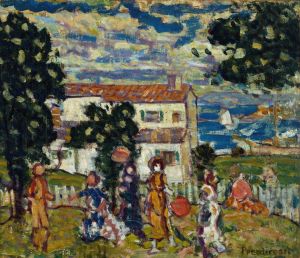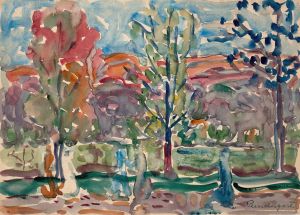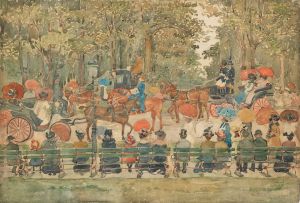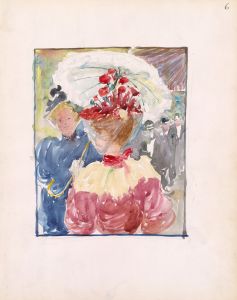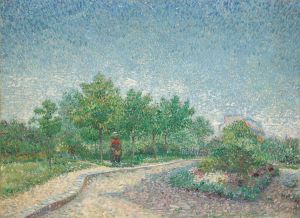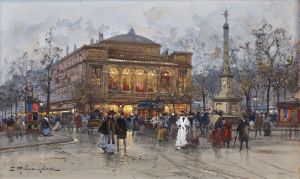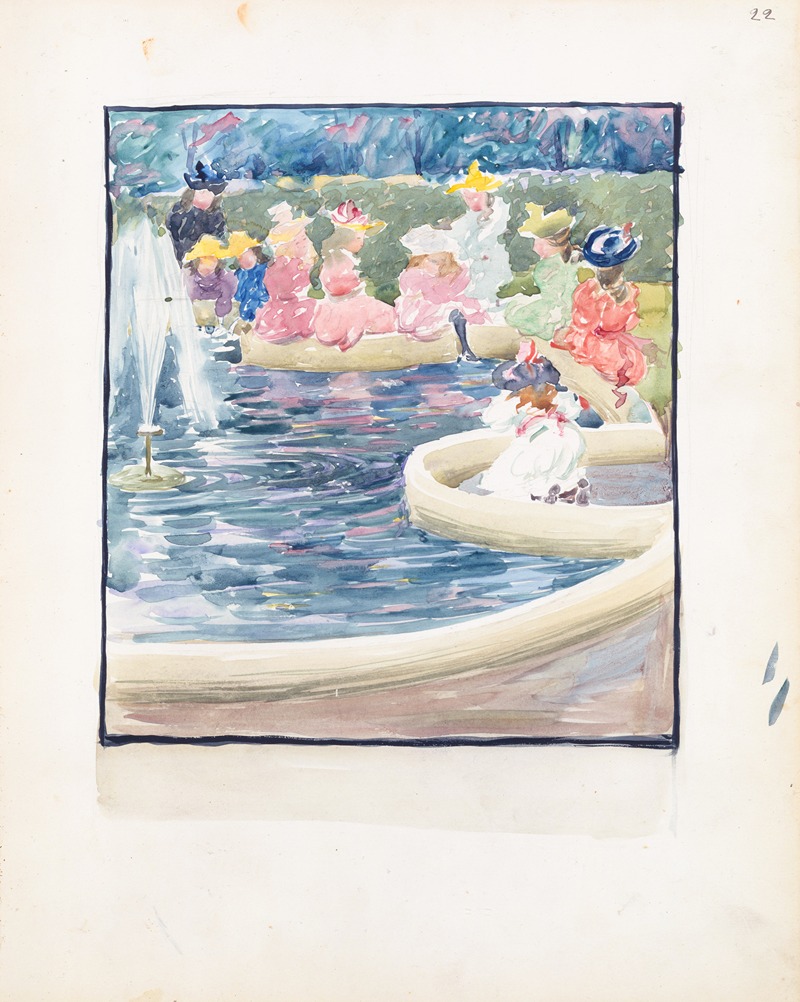
A fountain in the Public Garden
A hand-painted replica of Maurice Prendergast’s masterpiece A fountain in the Public Garden, meticulously crafted by professional artists to capture the true essence of the original. Each piece is created with museum-quality canvas and rare mineral pigments, carefully painted by experienced artists with delicate brushstrokes and rich, layered colors to perfectly recreate the texture of the original artwork. Unlike machine-printed reproductions, this hand-painted version brings the painting to life, infused with the artist’s emotions and skill in every stroke. Whether for personal collection or home decoration, it instantly elevates the artistic atmosphere of any space.
Maurice Prendergast's "A Fountain in the Public Garden" is a notable example of early 20th-century American painting, reflecting the artist's unique style and contribution to the Post-Impressionist movement. Prendergast, born in 1858 in St. John's, Newfoundland, and raised in Boston, Massachusetts, was an influential figure in American art, known for his vibrant use of color and innovative compositions.
"A Fountain in the Public Garden" is one of Prendergast's celebrated works, capturing a lively scene in a public park. The painting is characterized by its vivid colors, dynamic composition, and the depiction of leisurely activities, which are hallmarks of Prendergast's style. His work often focused on scenes of urban life, parks, and beaches, where people gathered for recreation and socialization.
Prendergast was heavily influenced by his travels to Europe, particularly his exposure to the works of the Post-Impressionists and the Nabis. His time in Paris introduced him to the works of artists like Paul Cézanne, Pierre Bonnard, and Édouard Vuillard, whose emphasis on color and pattern left a lasting impact on his artistic development. This influence is evident in "A Fountain in the Public Garden," where Prendergast employs a mosaic-like technique, using small, distinct brushstrokes to create a sense of movement and vibrancy.
The painting showcases Prendergast's ability to capture the essence of a scene through his unique approach to color and form. The use of bold, contrasting colors and flattened perspective gives the work a decorative quality, reminiscent of the Nabis' focus on the decorative arts. Prendergast's technique involves layering colors to build depth and texture, creating a tapestry-like effect that draws the viewer into the scene.
"A Fountain in the Public Garden" reflects Prendergast's fascination with the interplay of light and color, as well as his interest in the social dynamics of public spaces. The painting depicts a bustling park scene, with figures engaged in various activities around a central fountain. The composition is carefully balanced, with the fountain serving as a focal point that anchors the surrounding figures and landscape elements.
Prendergast's work is often associated with the Ashcan School, a group of American artists known for their depictions of everyday life in urban settings. However, his style diverges from the gritty realism of his contemporaries, favoring a more stylized and colorful approach. This distinction sets Prendergast apart as a unique voice in American art, bridging the gap between Impressionism and modernism.
Throughout his career, Prendergast remained committed to exploring the possibilities of color and form, pushing the boundaries of traditional painting techniques. His contributions to American art were recognized during his lifetime, and his works continue to be celebrated for their innovative approach and enduring appeal.
"A Fountain in the Public Garden" exemplifies Maurice Prendergast's artistic vision and his ability to capture the vibrancy of urban life through his distinctive style. The painting remains an important part of his oeuvre, showcasing his mastery of color, composition, and the depiction of social interaction in public spaces.





